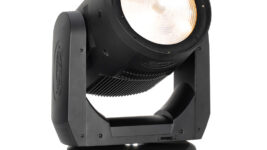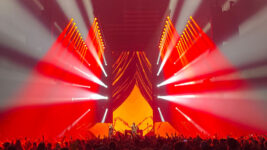ARTISTIC
3 Sep 2024
OZ LIGHTING TECH ON THE INTERNATIONAL ART SCENE
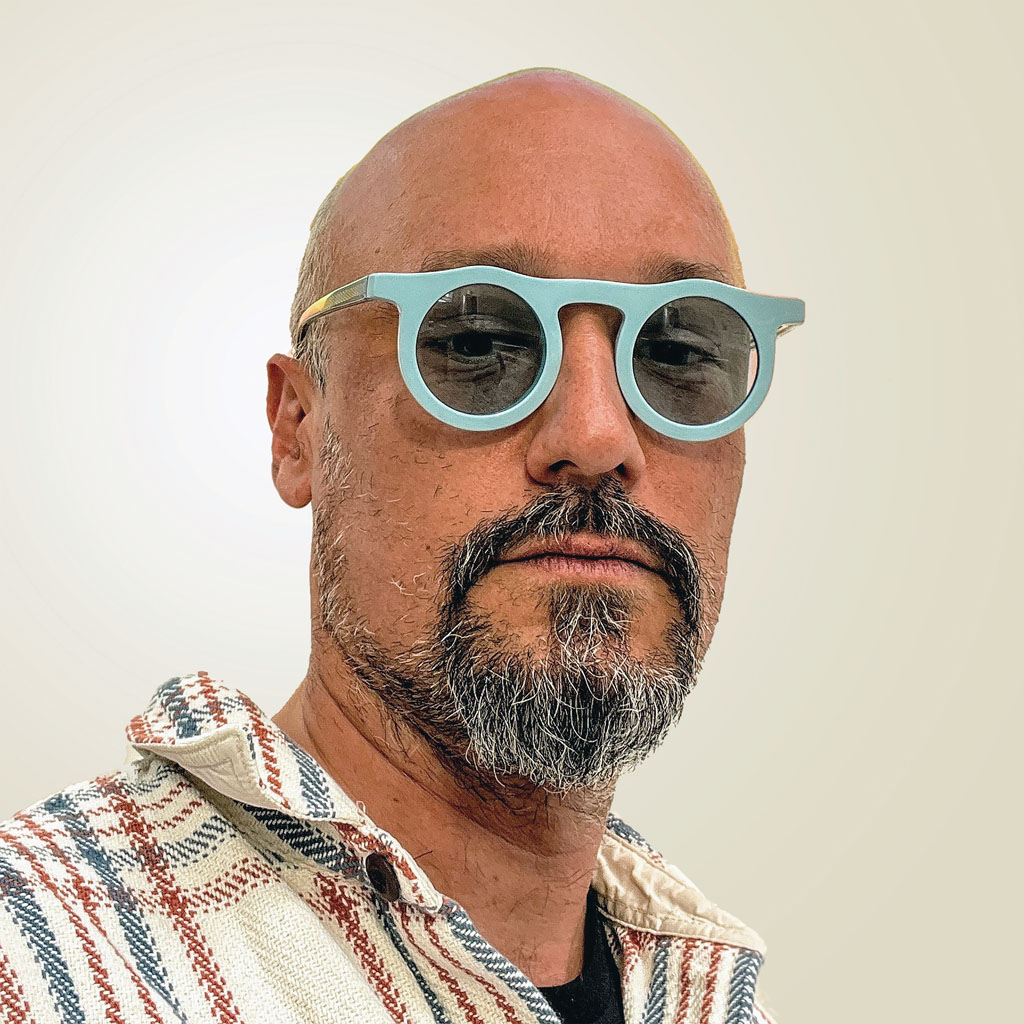
Subscribe to CX E-News
Jason Peters is a NYC-based conceptual artist whose dynamic sculptures have been exhibited in galleries and museums all around the world. Working predominantly with the medium of light, he chooses to use lighting gear designed and manufactured by ENTTEC in Australia to bring his installations to life.
ENTTEC’s resident visual artist, Damon Torsten, spoke with Jason in order to learn more about his work and the technology that makes everything come together.
Damon: Although born in Alabama, you grew up across the Atlantic in Bavaria which has a very different cultural history, but one that perhaps seems to neatly align with your work. With Munich being the birthplace of modernist movements such as Der Blaue Reiter, to whom both abstraction and colour were inherently important, do you think that your German childhood may have helped shape or influence your future creative visions?
Jason: Absolutely. Being raised in a different country, like Germany, has influenced me. My parents provided the foundation for my artistic development, the environment and culture of Munich nurtured my artistic evolution in unique ways.
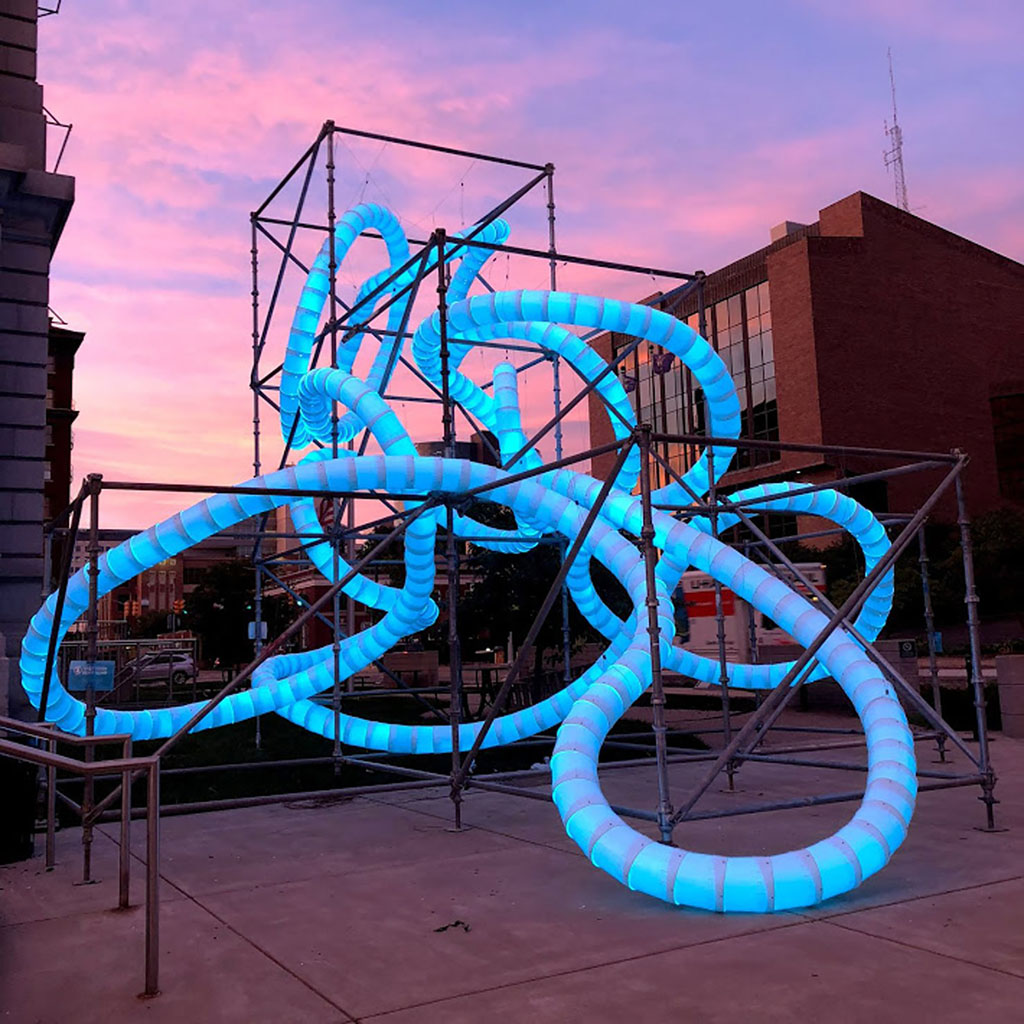
Munich has an abundance of museums available to the public, covering everything from art and technology to history. The architectural and natural landscape of the city also played a significant role. It’s special to be so close to the Alps because of the quality of the light, and the constantly changing weather conditions are special.
As a child, I remember walking through boulder fields on the side of a mountain and feeling dwarfed by house-sized boulders that seemed tiny compared to the mountains themselves. I gained a deep appreciation for the scale and power of nature and its effect on our environment.
Additionally, the man-made spaces in Munich left a lasting impression on me. Many buildings were constructed without the advent of artificial light, which presented at the time ongoing challenges in terms of how to illuminate these spaces effectively. This challenge inspired me to study how space and light interact and shape our perceptions.
All of these experiences have shaped my creative vision, and I have learned how natural and artificial environments interact and how light and space can change an experience.
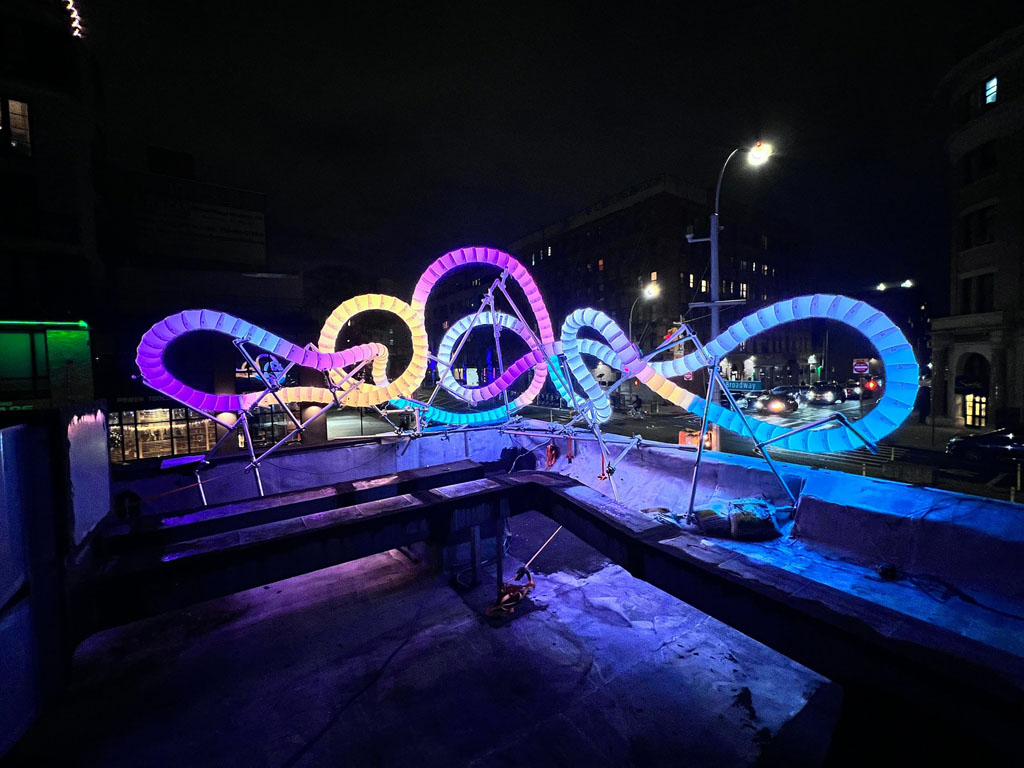
Damon: You’ve been an exhibiting sculptor for a couple of decades now. Was light a medium that interested you from the very start of your journey, or was it something you gradually explored and introduced into your art?
Jason: I mentioned that light is crucial to me since our existence would not exist without light. All we have achieved would not exist. Its power is capable of triggering, illuminating, guiding and creating all kinds of emotions and situations for us.
At first, I was interested in how natural light entered a room and occupied the space it was shown in. I then investigated artificial light in gallery settings, realising that a lack of light, such as shadows, can be very useful for creating illusions and effects. This understanding led me to work with light, particularly the idea of being lit from within.
This shift occurred when I was asked to create a seminal installation for the Mattress Factory in Pittsburgh, a space dedicated to site-specific work with an impressive roster of invited artists.
My initial ideas for this commission were complicated, so I simplified my approach by focusing on the essence of sculpture and the space it occupies. I was curious about how the interaction and alteration of space would affect the elements of the sculpture, as well as how the positive and negative space around a piece would be affected by light.
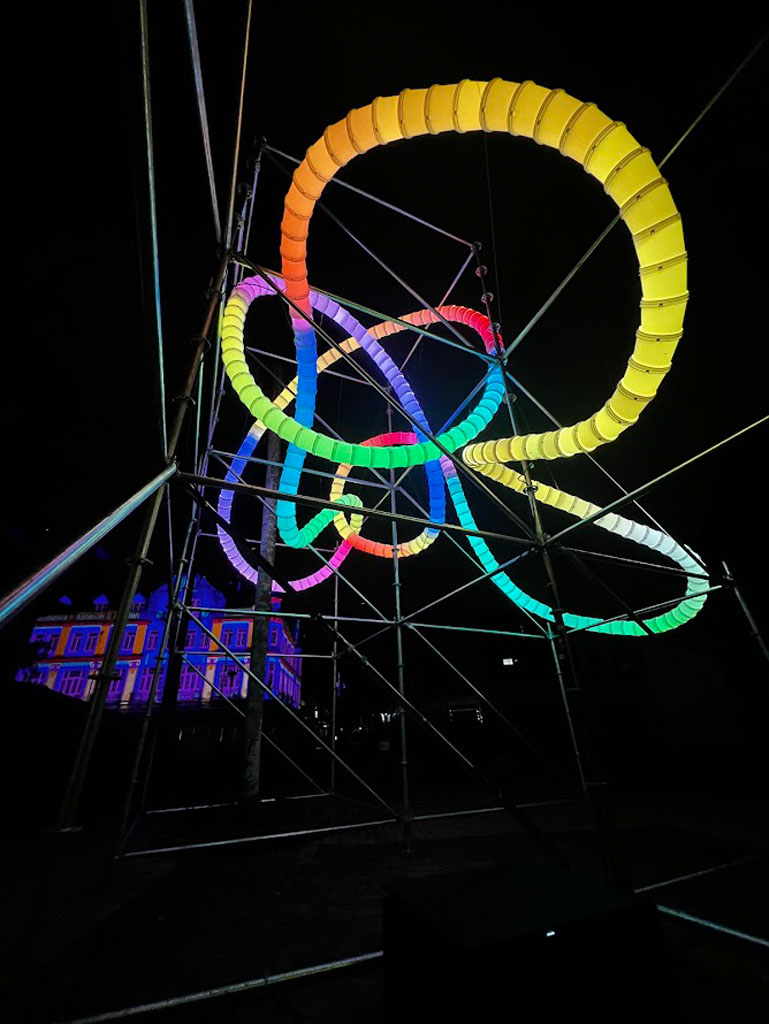
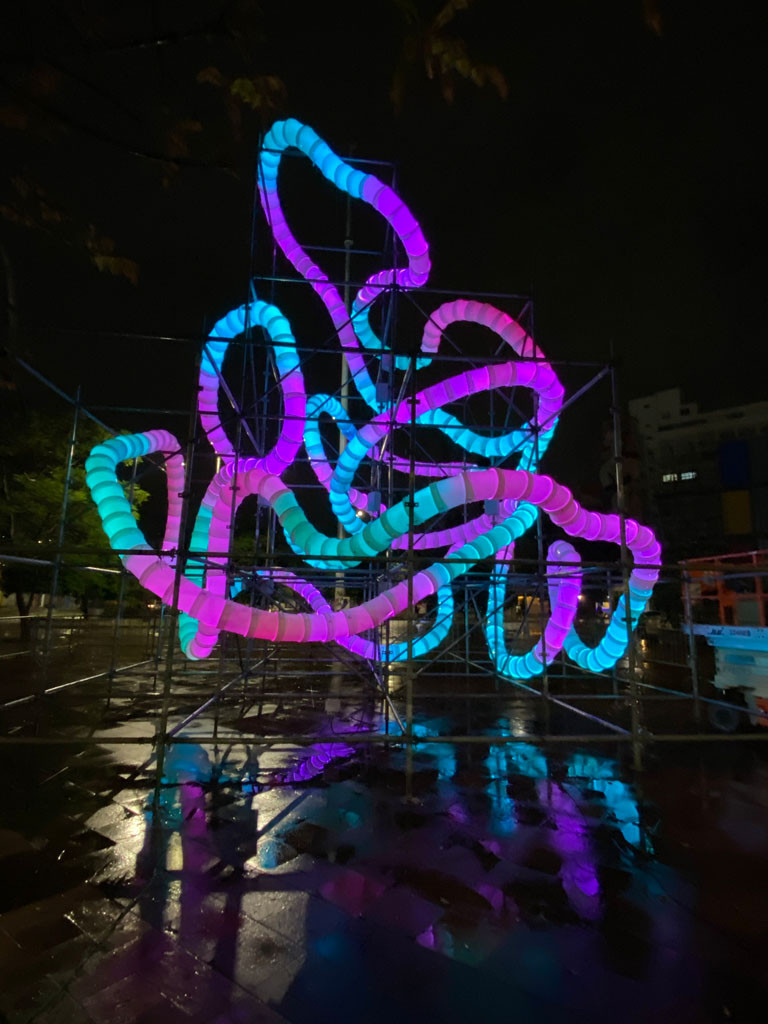
We see the world as similar to black-and-white. The way the Earth is illuminated by the sun in the void of space inspired me to think about white on black. One day, while daydreaming on the NYC subway, I realized that blackening an interior space would make it disappear, while lighting it from within would show the structure. This realisation was critical.
Material selection is crucial to my work; whether it was found, recycled, or purchased, it became a building block. I used 300 buckets found in the countryside of New Mexico to create the sculptures you see today. My concept for these pieces was to draw in space and see form without being distracted by its surroundings, and this idea has driven my work for many years.
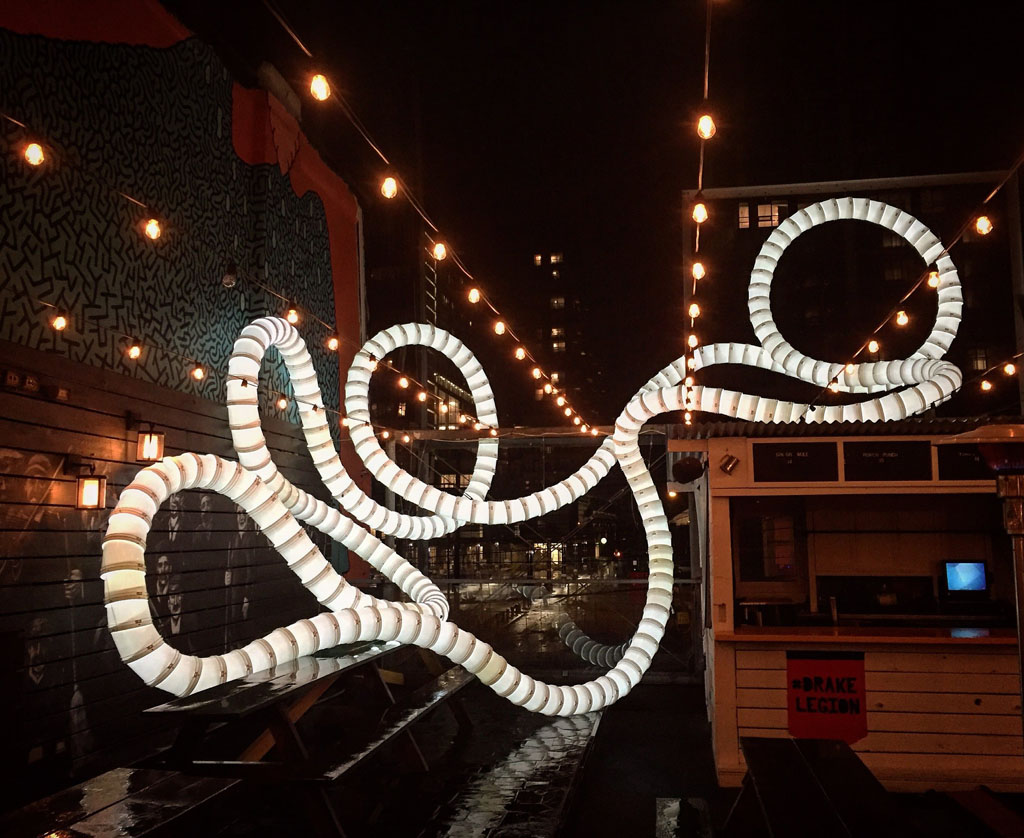
Damon: Proverbially, there’s more than one way to skin a cat. There are so many different approaches you could utilise to add the element of light or movement into an artwork. Having decided to use LED pixels for your designs, in what ways do you think ENTTEC’s Pixelator/PLink system has helped you get the most out of them?
Jason: I decided on using ENTTEC because their lighting and hardware solutions came bundled with licensing for ELM software for mapping, all in one package.
As I was new to this type of lighting, I appreciated the convenience of having a single point of contact for any technical or software issues, instead of dealing with multiple companies to debug problems.
Additionally, I wanted sturdy and well-built equipment and lights.
ENTTEC’s Pixelator system was a great addition, significantly boosting the functionality of the entire setup. It streamlined the process, making it easier to manage and optimize the performance of the LEDs. This integration allowed me to focus more on the creative aspects of my work, knowing that the technical aspects were well-supported.
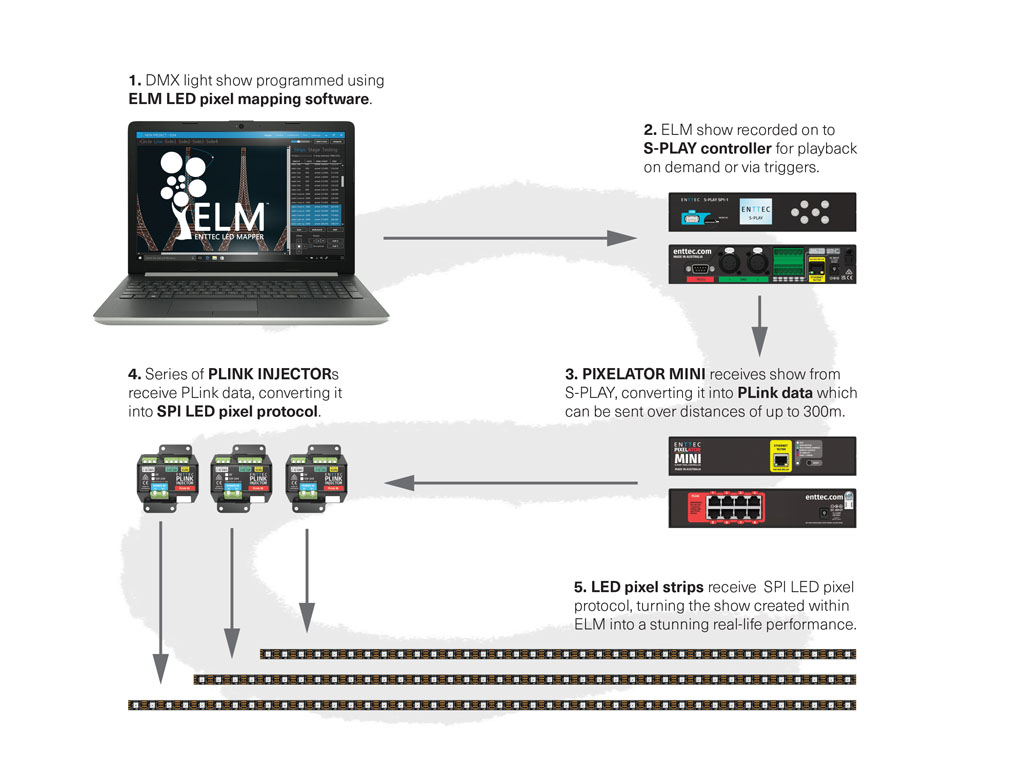
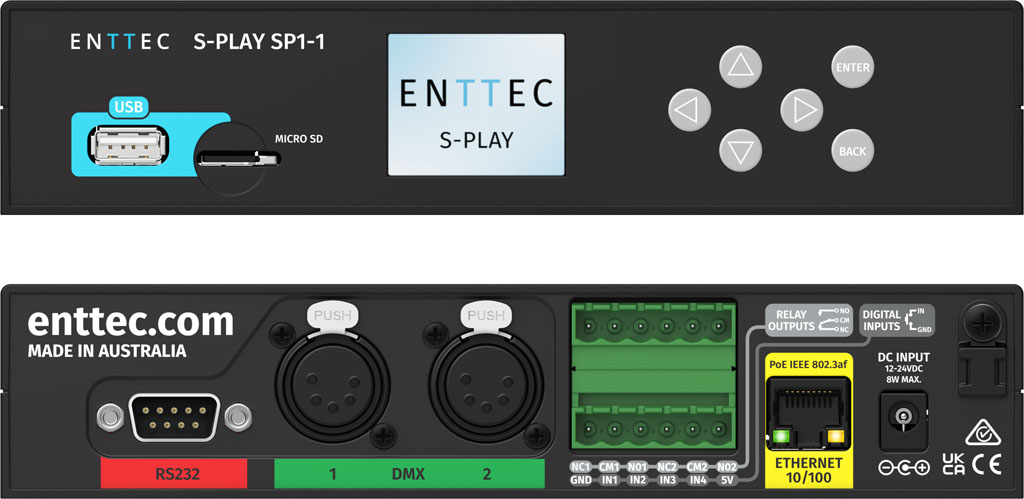
Damon: And what about the S-PLAY show controller, which is rapidly becoming ENTTEC’s flagship product? Presumably, you’ve been using that to play back shows that you’ve mapped and recorded via ELM, but have you had a chance to play around with triggers or events yet in order to potentially add a further interactive element to your installations?
Jason: The S-PLAY’s versatility and utility have been a huge plus, along with the preset functions for timing and power management.
I am slowly exploring the ability to access the system remotely, which is slightly beyond my comfort zone in terms of technical knowledge. Not only that, I’m also starting to delve into the trigger functions. Although I am not a computer expert, I have found the program to be increasingly intuitive and fluid with time and effort.
I’m looking forward to collaborating with experts to implement these ideas more efficiently. I believe that incorporating music and various stages linked to trigger functions will add a wonderful, interactive dimension to the sculptures and enhance the overall experience.
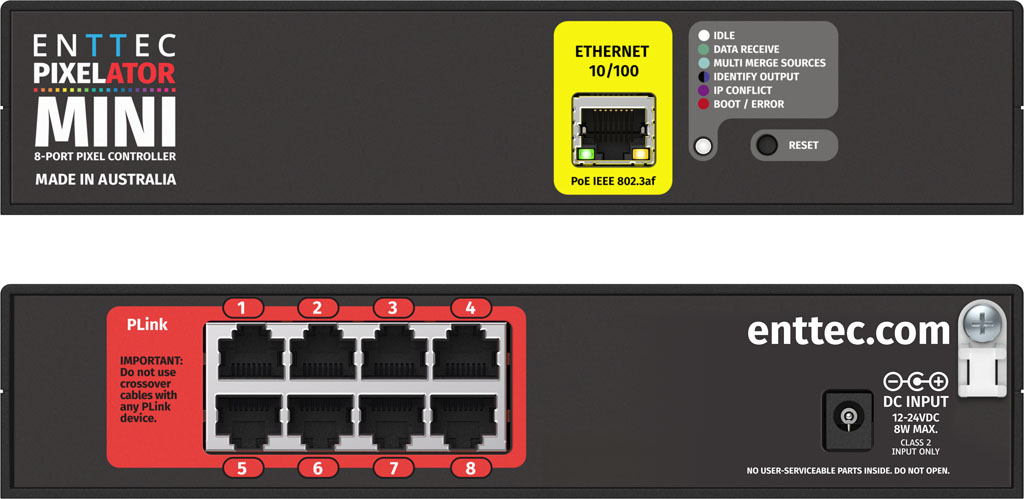

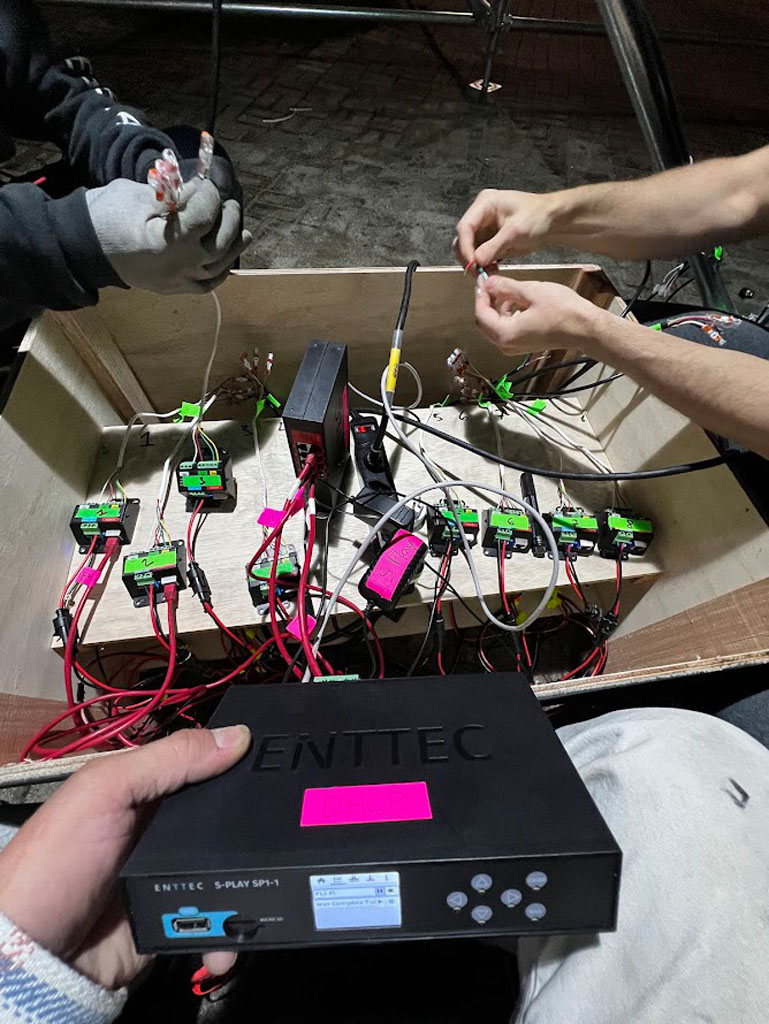
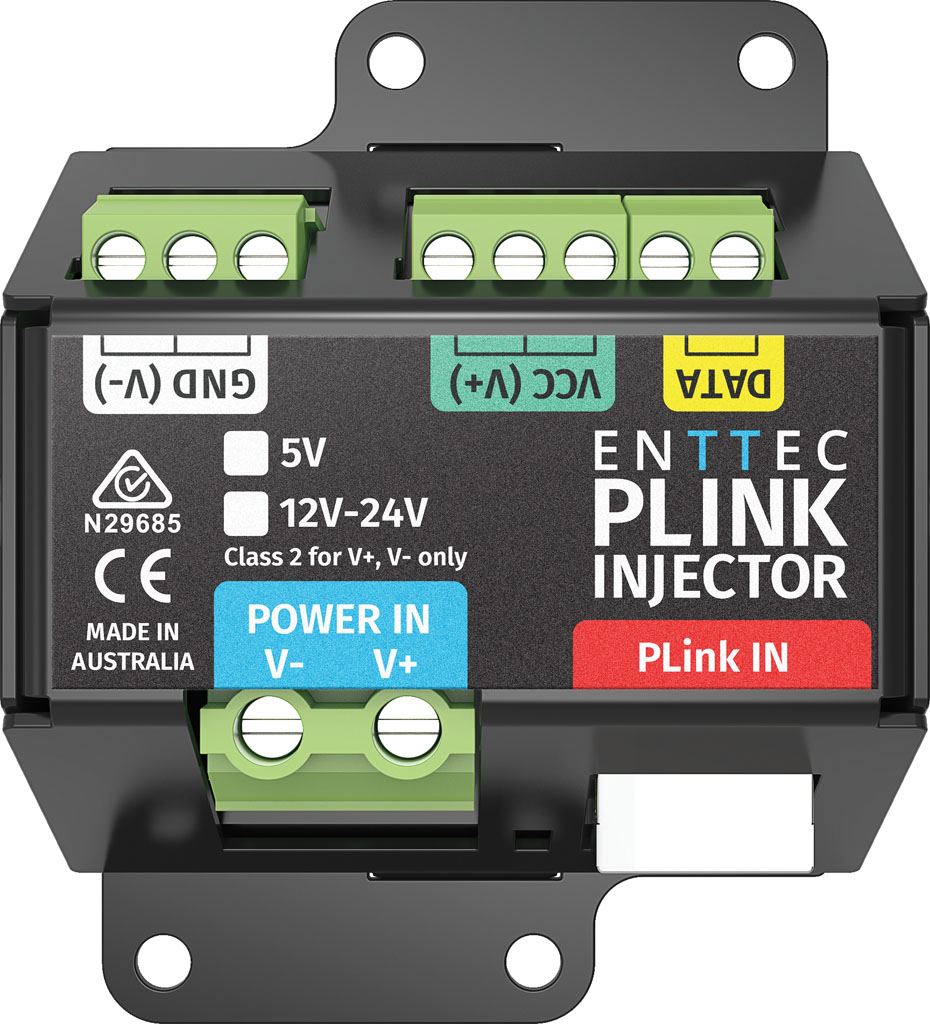
Damon: Have you encountered any conceptual or technical challenges that you think ENTTEC products have helped you to overcome?
Jason: I’ve been using ENTTEC products for about two and a half years now, and they’ve been instrumental in overcoming various challenges.
It’s great that ENTTEC keeps adding new things to their website, especially the tutorials that are very helpful. The more resources available, the deeper one can go into the ELM software. It would be fantastic to see a comprehensive course that people could engage with to better understand shortcuts and applications specific to the products.
Having such targeted support has likewise made it easier to grasp the nuances of ENTTEC’s offerings compared to others. This ongoing development and support have helped me use the products better, which has allowed me to focus more on the creative aspects of my work.
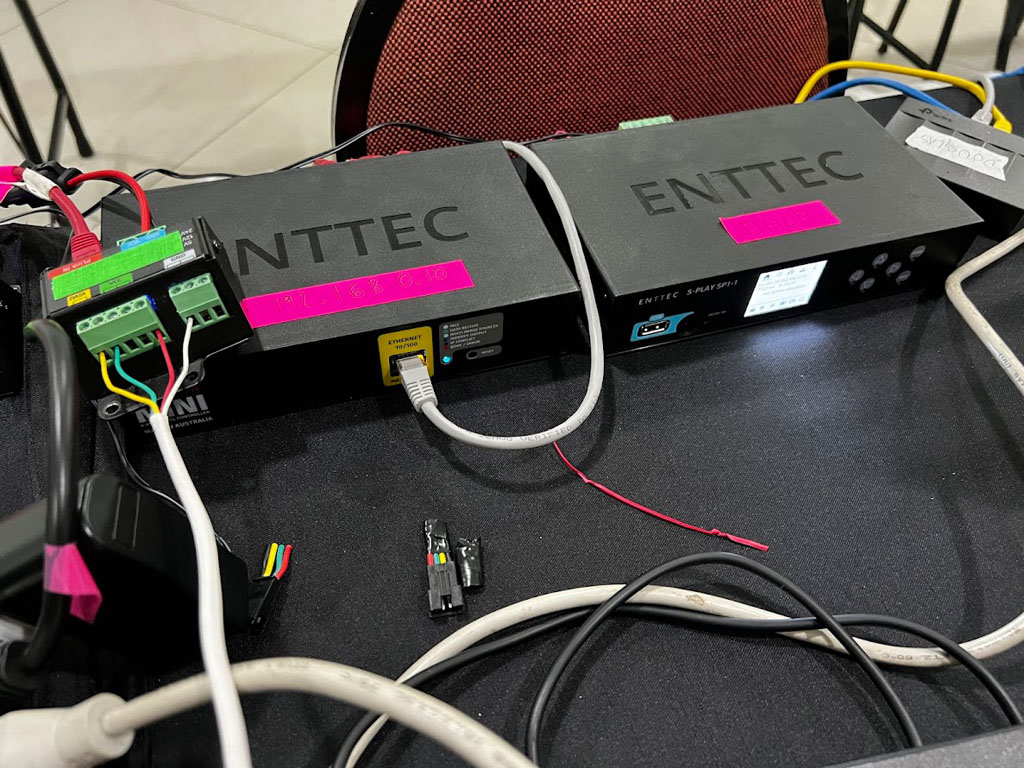
Damon: You’ve been in New York for quite some time now, which has perhaps one of the world’s most vibrant art scenes. In your time here, you’ve been involved in all manner of projects, from large-scale public installations to more intimate gallery exhibitions. What brings you the most joy: working solo or as part of a collective show?
Jason: Being in New York has been incredible and priceless. Surviving here for 25 years says something about the resilience and opportunities this city offers. I’ve enjoyed working in both public spaces and gallery or museum settings. The greatest joy comes from realising an idea or project, which is both the most fun and the most challenging aspect of my work.
Big ideas, especially in the public sphere, cannot be executed alone. Collaboration is essential, involving everyone from park rangers and cleanup crews to the institutions managing the spaces. Flexibility is key to ensuring that everyone is on board and feels part of the project, which makes the entire process smoother and more enjoyable.
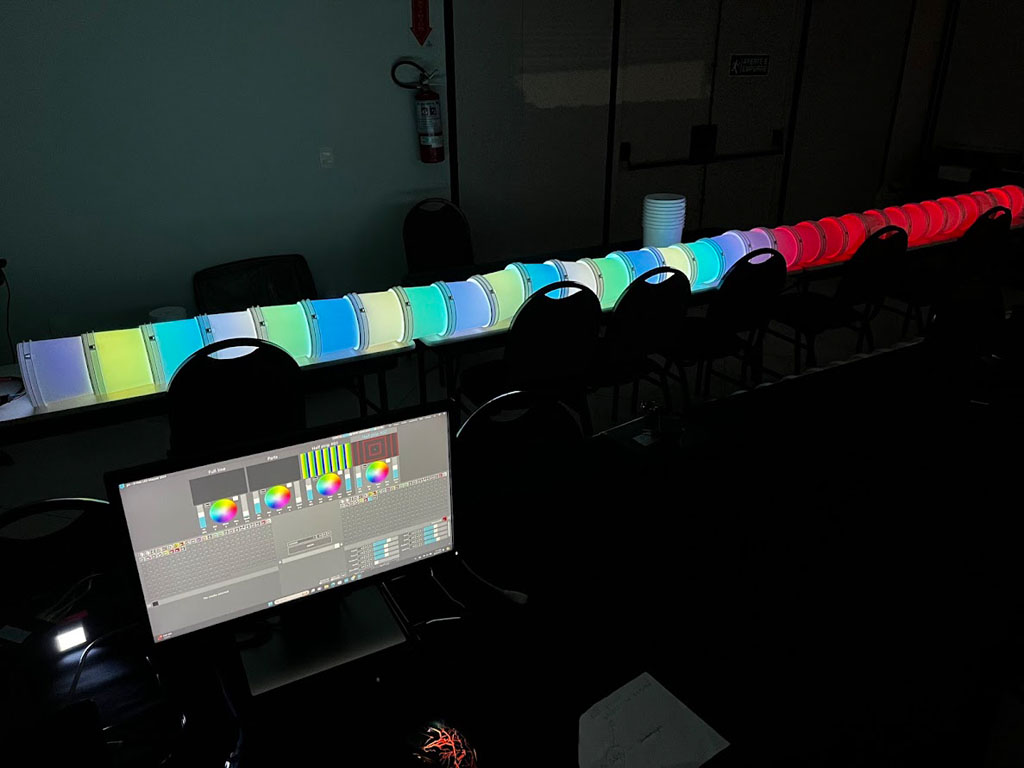
Working in public spaces is a particular honour and privilege. It allows me to interact with the fabric of the environment and be exposed to diverse situations that expand my perspective. This broader view enriches my work and my understanding of the world we live in. Ultimately, whether working solo or as part of a collective, the joy comes from seeing an idea come to life and knowing it resonates with others.
Damon: In taking stock of where you’re at now, along with everything that has come before, how do you see your art evolving with current and future advancements in lighting and digital technologies?
Jason: When I think about the trajectory of my art in light in terms of future directions, I see a shift towards larger, more immersive installations. I’m excited to experiment with scale, aiming to craft experiences that envelop and engage larger crowds simultaneously.
The advancements in programmable LEDs, such as the current 24V systems and the upcoming 48V technologies, offer unparalleled flexibility. They enable me to showcase my work not only in the atmospheric darkness of night but also in the stark brightness of daylight, maintaining the desired impact and aesthetic quality.
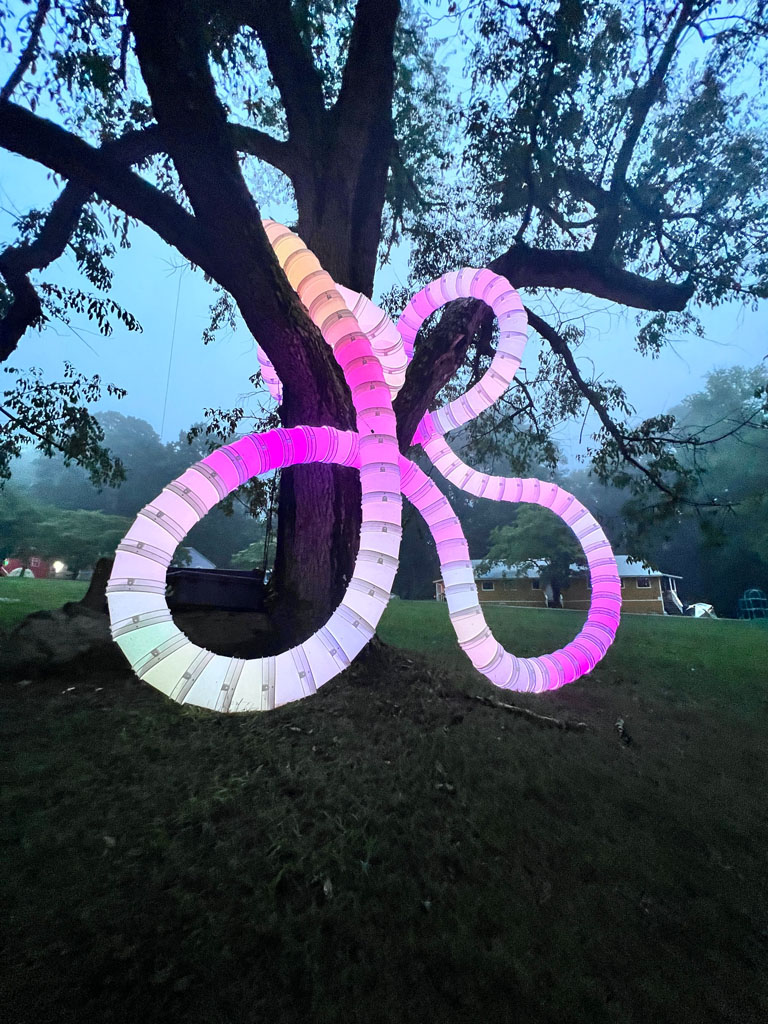
I’m deeply drawn to the idea of integrating my sculptures with advanced lighting designs or stages that enhance their programmability and interactivity. This synergy allows for dynamic, evolving visual narratives that respond to and interact with their environment and audience in real-time.
Moreover, my artistic vision extends to remote projects, where solar-powered and closed-system concepts play a crucial role. Nature has always been a profound inspiration for me, and I envision my creations harmoniously blending into untouched landscapes. These installations would serve as silent witnesses to the natural world, observed not only by human eyes but also by the unseen inhabitants of these wild places.
In essence, my journey in art is driven by a desire to combine technological innovation with the timeless beauty of nature, creating installations that captivate, inspire, and resonate with the deeper rhythms of our world.
Damon: Well, that they certainly do! Thank you very much, Jason.
Subscribe
Published monthly since 1991, our famous AV industry magazine is free for download or pay for print. Subscribers also receive CX News, our free weekly email with the latest industry news and jobs.


